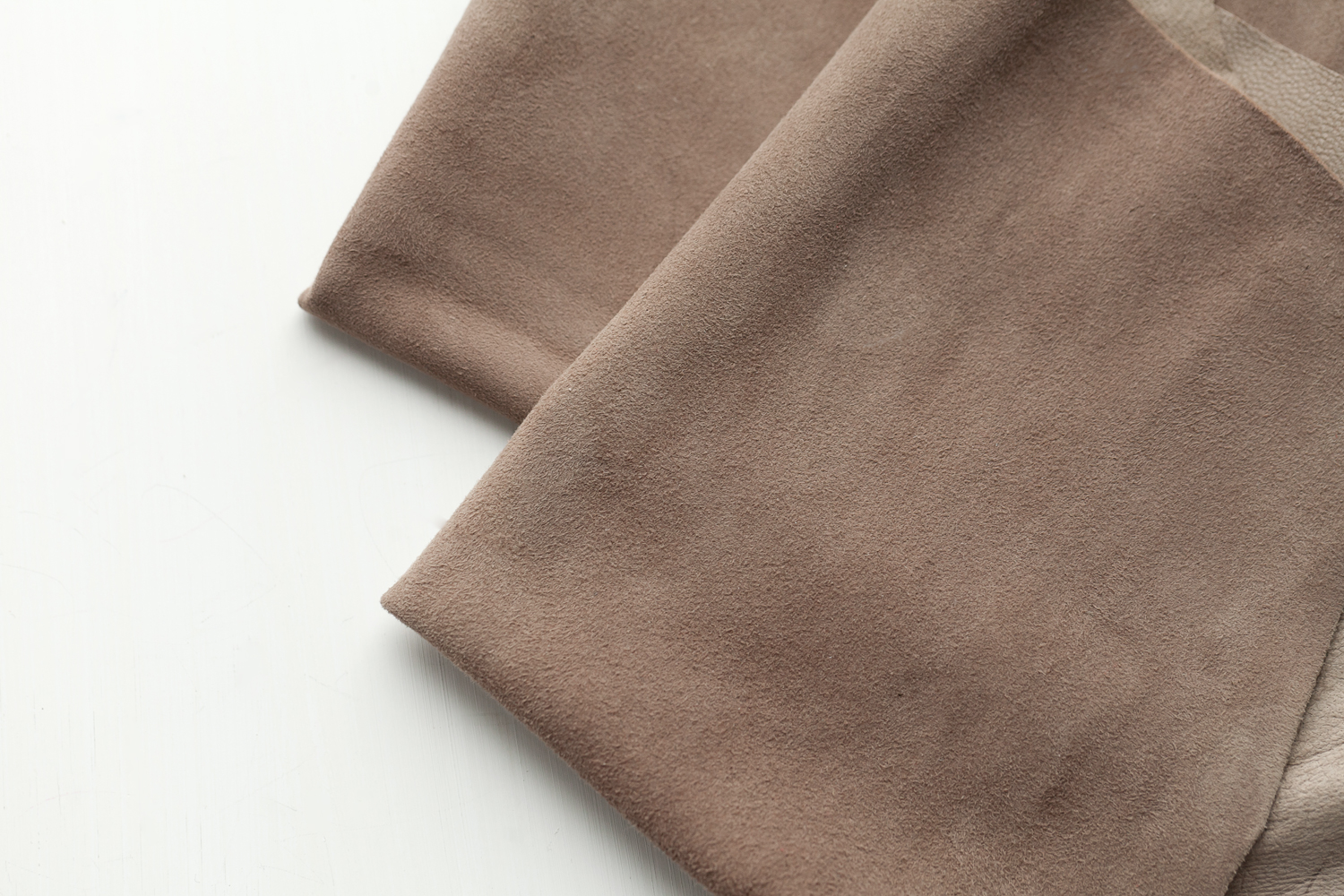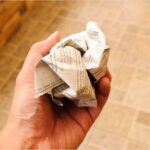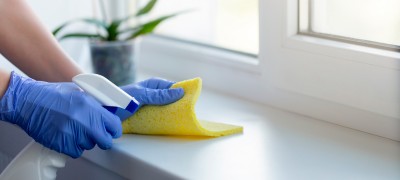How and how to wash a mirror without streaks
Mirrored surfaces are widely used in interior design to visually expand space. But there is a lot of fuss with them - all the dust, soot, grease and traces of insects spoil the feeling of perfect cleanliness in the house. The problem of cleaning glass and mirrors at home without streaks can be easily dealt with with the help of “grandmother's” recipes and household aerosols.
How and what you can clean a mirror without streaks at home
Every young housewife is interested in how to wash a mirror without streaks at home. The surfaces must not be scraped with a metal scraper or a hard washcloth - scratches will appear. But proven folk remedies for the care of mirror surfaces always give a positive result. It's hard to believe, but not soap and powder, but milk, blue, vinegar and salted tea are the best helpers in the fight for the cleanliness of mirrors.

The washing process can take a long time, even with multiple combinations of cleaning technologies. The choice of how to deal with "clouding of reflection" depends on various factors:
- glass quality;
- degree of pollution;
- the presence of specific stains (sticky traces of scotch tape, hairspray, "lodging" by flies).
The origin of divorces depends on the functionality of the room. In the bathroom, on the mirrors there are always traces of shampoo and soap foam, rust and calcium, from drying spray and coda drops. In the kitchen, a specific fatty coating is formed from cooking, especially when there is no extractor hood. Mirrored doors and inserts on interior doors, when trying to wipe away stains, give certain difficulties.
Attention! Do not rub glass and mirrors with abrasive household cleaners. Particles leave microscopic scratches. They are not visible at first, but soon they will be filled with impurities that are very difficult to remove.
You can try polishing old mirrors with microcracks with a small piece of dry natural suede.

Ammonia and ammonia compounds should not be used to clean mirrors with an open outside - they can damage the fragile amalgam.
It is recommended to cover the new mirror with a protective layer on the back if it is intended for the kitchen or bathroom. Many modern wet room mirrors are well protected.
Chemicals
The latest generation of specialized glass fluids are a great way to remove stubborn stains and cloudy streaks. Some of them are designed to be diluted in equal proportions to impregnate napkins. Others come in spray bottles.

These tools have their drawbacks:
- not everyone can use persistent chemicals;
- high cost of high-quality household chemicals;
- there is a possibility of acquiring a useless fake.
Most products come in the form of aerosols that are sprayed onto a plane. The applied spray must remain on the mirror surface for some time in order for the solid particles of contamination to dissolve. It is good at removing grease stains and soot, stubborn dirt and dark deposits of unknown origin.
Folk remedies
Each housewife knows several ways to use the available tools available in the house. Ammonia, vinegar, acetone, white spirit are irreplaceable helpers in the household. With their help, you can remove old stains from the mirror, clean off frozen grease and remove stains on the mirror inserts of the kitchen door. In the future, this experience will help to keep all glass surfaces clean.
Table vinegar
Experienced cleaning workers know that hardened stains need to be soaked, then they are easier to remove without cloudy marks. A solution with the addition of vinegar can also restore the shine of an antique mirror in the hallway or inserts of old cabinets in the country.

Salt tea
Cold salted tea is an excellent polish for clouded glass. As you know, pure salt is a crystalline substance that can scratch glass. But in the form of a solution, it perfectly cleans mirrors, restoring shine and fullness of reflection.

Potato
Potato halves do an excellent job with old stains. Use a wet cut of a large potato, working through all areas of the surface. Cleaning marks can be easily removed with a dry cotton cloth.

Potato starch is an additional way to combat the cleanliness of glass surfaces and mirrors. A layer of dust with a fatty coating is difficult to soak - the water evaporates quickly, without having time to dissolve the dirt. For this, the starch is diluted with water, it remains for a short time to put a towel with gruel on the mirror. The mass is easily removed with a slightly damp sponge and wiped off with a dry cloth.

Alcohols
For difficultly removed contaminants, alcohol solutions are used. They will help you remove:
- hardened chemical stains;
- traces of scotch tape;
- spray of hairspray;
- small fragments of paint, which were previously tried to be scraped off the glass.

Even after treatment with white spirit, cologne or vodka, traces of solutes may remain. Further, for a complete cleaning of stains, you can use solutions of salt or vinegar or specialized liquids for cleaning glass - the mirrors will shine again.
Bulb
A tear vegetable is a great way to deal with a lot of stubborn spots on a fly-covered mirror. Many housewives have to deal with this problem in the summer, coming to the country every weekend.

A cut of a large bulb not only corrodes red dots well, but also repels insects for a long time with its smell from a clean surface. After processing with onions, it remains to rub the mirrors to a shine with paper napkins.
How to remove stains from a mirror
It is best to purchase ready-made wipes for glasses and optical instruments. Caring for mirrors at home without the invitation of specialists will cost a little. But there is a guarantee that the glass surface will not have minor scratches - the mirror will look like new.
Stains, hard-to-remove dots and lint from rags remain even after the smooth surface is completely cleaned. They are visible after each wet treatment.

Wanting to achieve the perfect reflection, the hostesses experiment a little each time. But there is nothing new, all the "secrets" for removing stains after washing have long been known:
- old newspapers do not leave wet marks, lint and scratches, their paper is ideal for these purposes;
- specialized napkins with a plush effect, which are enough for several cleanings, but for the mirrors only new flaps are needed that do not come into contact with the oily surface;
- microporous soft sponge is well suited for primary cleaning of dirty glass treated with caustic compounds, then processing is done with dry paper (not glossy) or cotton rags.
Each housewife has the right to choose for herself how to wash the mirror at home so that there are no stains - ready-made chemical aerosols or folk recipes. Proven "grandmother's" recipes have not lost their relevance in our time, thanks to their effectiveness in cleaning glasses and mirrors.
Video: how to wash a streak-free mirror

















